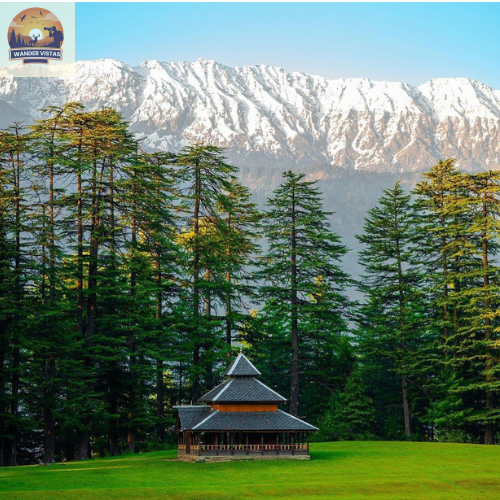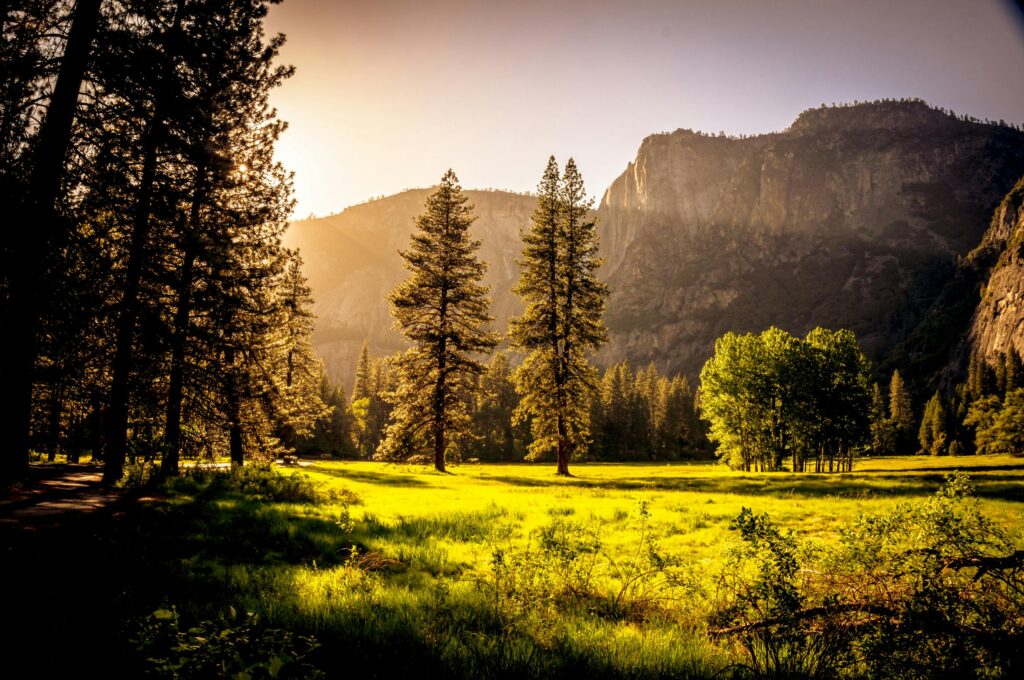
In a world of rush and noise, there are very few places that still breathe in silence. One of the places that I’m going to mention is Sangarh, and it is almost forgotten on the travel map. Sangrah, a little hilltop village in the state of Himachal Pradesh, in the Sirmaur district. You wouldn’t have heard its name on Instagram reels or travel magazines with sheeny pictures, and that’s precisely the reason why it must be visited.
Sangrah does not pretend to be a tourist attraction. It is just itself. And in that rawness, becomes something utterly unforgettable.
🟩First Impressions – Where Time Takes a Pause
What strikes you first as you step into Sangrah is not a monument or a vantage point—it’s silence. No noise of crowds, no honking cars, no advertising din. Just a dozy village nestled in dense green hills, where the clouds sweep past pine forests like familiar friends greeting each other.
The houses here are stone and wood, with slate roofs, fitting so naturally into the hillside that they seem to have grown organically from the earth itself. Barefoot women smile in the terraced fields. Wide-eyed, red-cheeked children wave at strangers, not for money or sweets, but simply to greet, “Namaste.”

🟩 The Heart of Sangrah – People and Simplicity
The true soul of Sangrah is its people. Life here isn’t simple—it’s influenced by seasons, mountains, and tradition. But there is an underlying sense of contentment. Villagers subsist on the land, cultivate vegetables in their own yards, draw water from natural springs, and look to each other in a manner most of us have lost touch with.
Spend a day in Sangrah, and you’ll be invited for tea by a family you’ve never met. You’ll be offered freshly churned buttermilk, homemade pickles, or maybe a bowl of steaming lentils served with humble pride. And in those small gestures, you’ll find what five-star resorts can never give—belonging.
🟩 Faith, Temples, and Quiet Rituals
Sangrah has no golden temples grand in size, but it’s rich in spiritual simplicity. Small shrines with waving red flags dot the hilltops and beneath ancient trees. Local gods are highly respected, and villagers still observe age-old traditions during festivals or family functions.
One may also go to Renuka Ji Temple close by, a peaceful location dedicated to Goddess Renuka, the mother of Parshuram’s Lord. Locals also believe that these religious locations not only safeguard them but also keep them linked to their forefathers, the earth, and the gods.
As with any festival like Mahashivratri or Diwali, Sangrah comes alive with music, folk dances, and temple fairs (melas)—not with commerce, but with community gatherings that offer people a chance to dance in circles, sing traditional Himachali songs, and feast on hot food cooked in clay pots.
🟩 Nature Walks and Hidden Trails
Sangrah does not have any well-known landmarks. But it certainly compensates for lack of them with sheer natural beauty. There’s no need for an itinerary here. Just walk. Take any trail—there are several—that wind through forests, alongside apple orchards, and across stone bridges.
The air is cool and crisp and clean—a luxury few lungs get used to that have endured city pollution. The only sounds are birdsong, the lone bark of a village dog, or the distant tinkle of cowbells.
You may stumble upon a secret stream, a meadow full of wildflowers, or a vantage point where the whole valley stretches out like an emerald sea. If you are a writer or photographer, Sangrah is a muse at every turn.
🟩 Morning to Night – A Day in Sangrah
Morning: Rise to the crowing of roosters and the aroma of wood smoke. Slowly the sun rises here, casting golden light on the hills and illuminating dew-kissed fields. Villagers rise early here—milking cows, cutting wood, or off to the farms.
Afternoon: The village relaxes after lunch. Shops (there aren’t many) might close for an hour or two. It’s a fine time to sit by a window, sip namkeen chai, and see the hills change colour.
Evening: This is when Sangrah is enchanted. As the sun goes down behind the mountains, a gentle chill settles in the air. Lights twinkle in the houses, smoke drifts from chimneys, and humans huddle around their stoves for heat. The sky, now brimming with stars, seems miraculously near.
Night: It becomes dark early and quiet fast. There is no nightlife here—only sound sleep under heavy quilts, with dreams on mountain winds.

🟩 Where to Stay – Simple, Soulful Hospitality
Sangrah doesn’t boast luxurious hotels, but there are humble homestays and local guesthouses. These are usually managed by families who will treat you more as a visitor than a client.
Accommodation is simple but spotless. Meals are home-cooked. Conversations are unhurried. And in those peaceful evenings, sitting next to a chulha with your host, you’ll discover more about Himachal than any guidebook can tell.
If you want a slightly more evolved stay, you can stay in Nahan, which is just a drive away, and visit Sangrah as a tranquil day trip.
🟩 Where to Stay – Simple, Soulful Hospitality
Sangrah’s food is not gourmet—but it’s great for its simplicity. Most dishes are vegetarian, prepared with local vegetables and hill spices.
Some popular dishes are:
• All Madra – a chickpea or kidney bean-based curry with yogurt.
• Siddu – steamed lentil- or poppy seed-filled bun.
• Kadhi Chawal – sour curry with rice, a comfort food.
• Ghee-roasted parathas served with chutneys from forest leaves.
• And in winter, they might serve you “seera”, a hot, sweet dish prepared using flour, ghee, and sugar.
All is prepared slowly, the old-fashioned way, frequently on wood-burning stoves, and served with honest warmth.
🟩 Visiting Around – If You Feel Like It
Though Sangrah itself is intended for quietude, there are locations in the vicinity well worth a quick excursion:
• Renuka Lake (25 km): A peaceful lake with boating and a mythological history.
• Haripurdhar Temple: A temple perched atop a hill with stunning views.
• Churdhar Peak (way out): For the die-hards, a hike up this peak provides breathtaking Himalayan vistas.
But for real? You might not even care to leave Sangrah after getting into its groove.
🟩 Final Thoughts – Why Sangrah Isn’t for Everyone (And That’s Okay)
Sangrah is not for tourists. There are no fancy cafes, no staged “experiences,” and certainly no phone signal anywhere in most parts of the village. But if you’re the kind who prefers quiet mornings, genuine people, mountain breeze, and unfiltered moments, Sangrah could very well feel like home.
It’s the type of place that does not leave an impression on you at first—it becomes you. Gradually. Gently. Much like the way snow blankets the mountains—silently unforgettable.
So next time you’re looking for a weekend away, skip the crowded trails. Choose Sangrah. Let silence speak to you.
